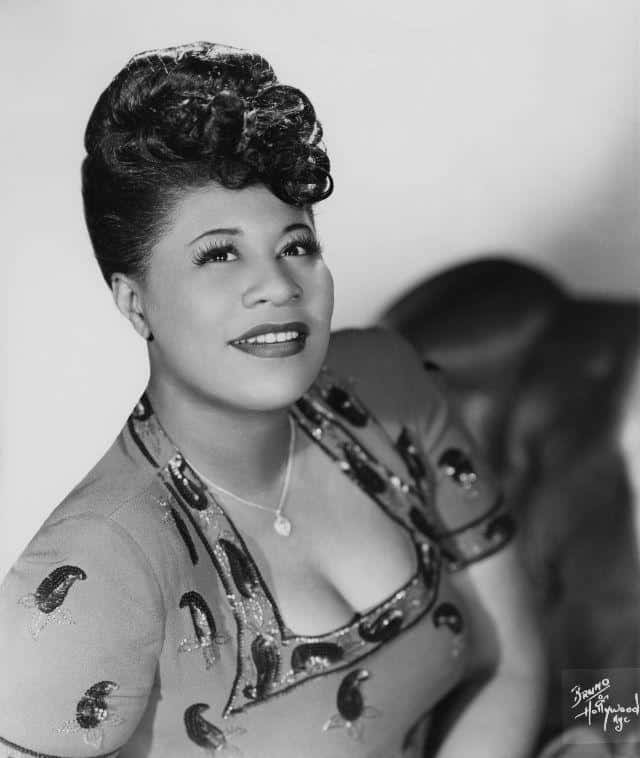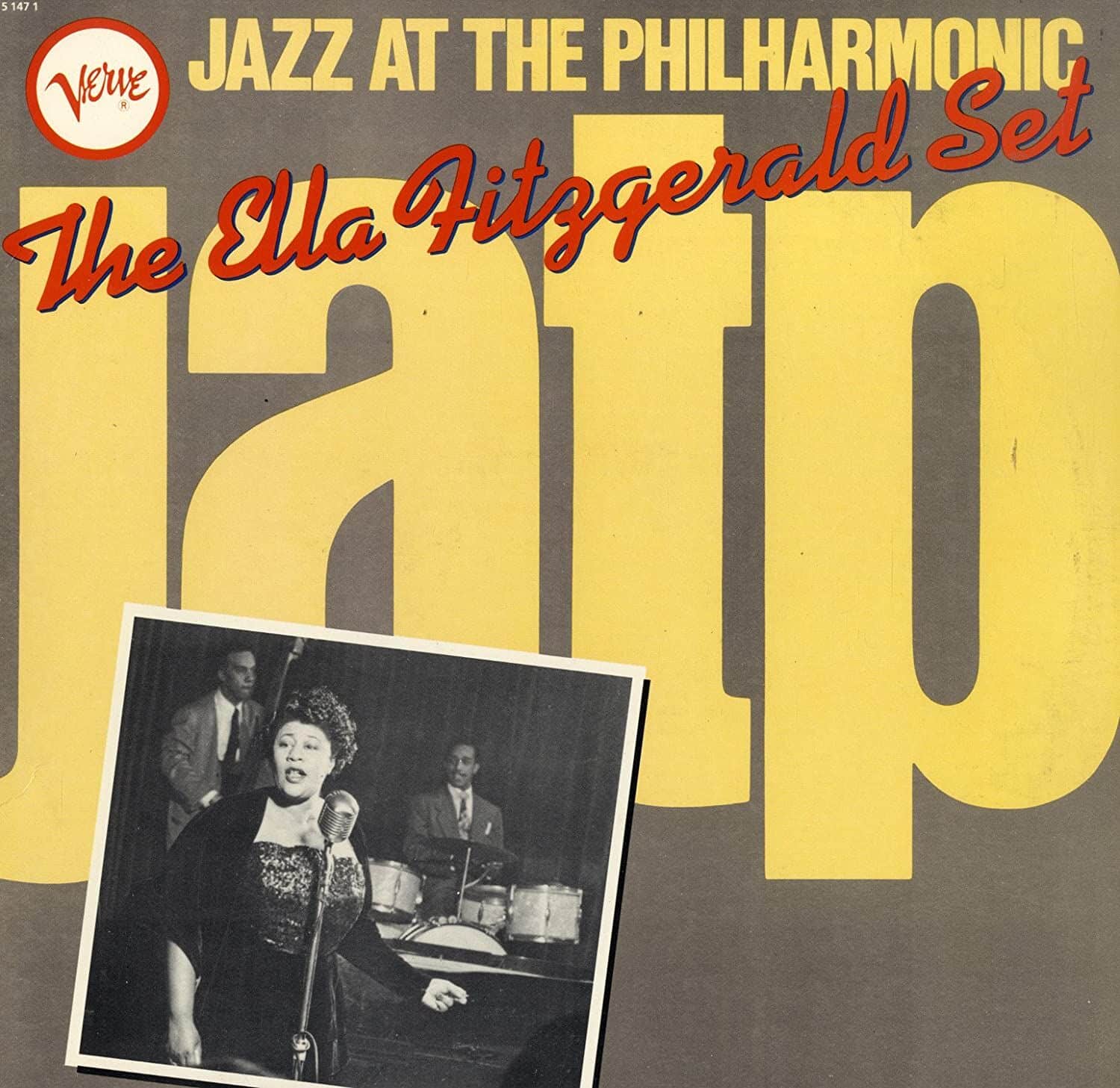Ella Fitzgerald’s Incredible Rise From Orphan Asylum To The Global Stage
Ella Fitzgerald was a pioneering American jazz vocalist. They called her the “First Lady of Song” and the “Queen of Jazz” because she was just that great. Her talent and voice made her a big deal all over the world. She sang tons of hit songs, worked with some of the best musicians ever, and even snagged 13 Grammy Awards along the way. That’s why she’s remembered as one of the greatest singers ever.
Ella Fitzgerald’s Turbulent Beginnings

Fitzgerald was born on April 25, 1917, in Newport News, Virginia. She was the daughter of William Fitzgerald and Temperance “Tempie” Henry, both described as “mulatto”. Despite her parents being unmarried, they lived together in the East End section of Newport News for a few years after her birth. In the early 1920s, Fitzgerald’s mother got married to a man named Joseph da Silva.
By 1925, the family moved to School Street, a poor Italian area. She started her formal education at 6 and quickly proved to be an exceptional student. She moved through a variety of schools before attending Benjamin Franklin Junior High School in 1929.
When she was in third grade, Fitzgerald developed a passion for dancing, inspired by performers like Earl Snakehips Tucker. She often entertained her peers with impromptu performances on the way to school and during lunch breaks.

Tragedy struck in 1932 when Fitzgerald’s mother died from injuries sustained in a car accident. She lived with her stepfather until April 1933, when she moved to Harlem to live with her aunt. Fitzgerald biographer Stuart Nicholson describes as rumors of “ill treatment” by her stepfather, leaves him to speculate that Da Silva might have abused her.
As Fitzgerald coped with the loss of her mother and upheaval in her family life, she began to struggle academically. She began skipping school and took on odd jobs, including serving as a lookout at a bordello and assisting a numbers runner affiliated with the Mafia. When authorities intervened, Fitzgerald found herself placed in the Colored Orphan Asylum in Riverdale, Bronx. Later, due to overcrowding, she was transferred to the New York Training School for Girls, a state reformatory facility located in Hudson, New York.
Rise From Street Performer To Jazz Icon
During 1933 and 1934, she survived by singing on the streets of Harlem. Then, on November 21, 1934, she stepped into one of the earliest Amateur Nights at the Apollo Theater. Originally planning to showcase her dancing skills, Fitzgerald changed her mind when faced with the presence of the Edwards Sisters, a local dance duo who intimidated her. Opting to sing instead, she won the opportunity to perform at the Apollo for a week. However, due to her disheveled appearance, the theater never followed through on that part of her prize.

In 1936, drummer and bandleader Chick Webb introduced her to Bardu Ali. Although “reluctant to sign her…because she was gawky and unkempt, a ‘diamond in the rough,'”after some convincing by Ali, Webb gave her the opportunity to test with his band at a dance at Yale University.
After joining Webb’s orchestra, Fitzgerald became well-known for her performances at Harlem’s Savoy Ballroom. She recorded several popular songs, including “Love and Kisses” and “(If You Can’t Sing It) You’ll Have to Swing It (Mr. Paganini)”. However, it was her 1938 rendition of the nursery rhyme “A-Tisket, A-Tasket”, which she co-wrote, that truly propelled her to fame. This catchy tune became a huge radio hit and one of the best-selling records of the decade.
After Webb’s death in 1939, his band was renamed Ella Fitzgerald and Her Famous Orchestra, with Fitzgerald taking on the role of bandleader. Together, they recorded for Decca and performed at the Roseland Ballroom, gaining widespread recognition through NBC radio broadcasts. During her time with Webb’s orchestra from 1935 to 1942, Fitzgerald recorded close to 150 songs.
Change In Her Life After Being A Global Star
While on tour with Dizzy Gillespie’s band in 1946, Ella Fitzgerald found love with bassist Ray Brown. The two tied the knot and later adopted a son named Ray, Jr. During this time, Ray was employed by producer and manager Norman Granz for the “Jazz at the Philharmonic” tour. Recognizing Ella’s star potential, Norman persuaded her to sign with him.

Under Norman Granz’s management, Ella Fitzgerald toured with the Philharmonic, collaborated with Louis Armstrong on albums, and launched her famous songbook series. From 1956 to 1964, she covered songs by Cole Porter, Duke Ellington, the Gershwins, Johnny Mercer, Irving Berlin, and Rodgers and Hart. These albums were a hit with both Ella’s fans and the artists she honored.
“I never knew how good our songs were until I heard Ella Fitzgerald sing them,” Ira Gershwin once remarked. Ella began appearing on television variety shows and quickly became a favorite and frequent guest on numerous programs, including “The Bing Crosby Show,” “The Dinah Shore Show,” “The Frank Sinatra Show,” “The Ed Sullivan Show,” “The Tonight Show,” “The Nat King Cole Show,” “The Andy Willams Show” and “The Dean Martin Show.”
Unfortunately, busy work schedules hurt Ray and Ella’s marriage. The two divorced in 1952, but remained good friends for the rest of their lives.
Her Stand Against Discrimination And Injustice
It was widely known among those on the touring circuit that Ella’s manager, Norman, was a staunch advocate for civil rights. He made it clear that he expected equal treatment for all his musicians, regardless of their race. Norman refused to tolerate any form of discrimination, whether it was at hotels, restaurants, or concert venues, even when they toured through the Deep South.

During a tour stop in Dallas with the Philharmonic, Norman’s unwavering principles sparked a confrontation with local authorities. A police squad, apparently disgruntled by his stance, barged backstage to confront the performers. They entered Ella’s dressing room, where band members Dizzy Gillespie and Illinois Jacquet were engaged in a game of dice, and proceeded to arrest everyone present.
“They took us down,” Ella later recalled, “and then when we got there, they had the nerve to ask for an autograph.”
Not only Norman but all her supporters including celebs like Marilyn Monroe stood up for Ella.
“I owe Marilyn Monroe a real debt,” Ella later said. “It was because of her that I played the Mocambo, a very popular nightclub in the ’50s. She personally called the owner of the Mocambo, and told him she wanted me booked immediately, and if he would do it, she would take a front table every night. She told him – and it was true, due to Marilyn’s superstar status – that the press would go wild. The owner said yes, and Marilyn was there, front table, every night. The press went overboard. After that, I never had to play a small jazz club again. She was an unusual woman – a little ahead of her times. And she didn’t know it.”
Ella Fitzgerald – Proof Of Passion And Generosity
Ella continued to work hard despite the ill effects on her health. Beyond her musical pursuits, Ella frequently contributed generous donations to organizations supporting underprivileged youth. Her commitment to these causes served as a driving force that motivated her to persist despite any setbacks.

In 1987, Ella Fitzgerald received the National Medal of Arts from President Ronald Reagan, which was a huge honor for her. A few years later, France also recognized her talents by giving her the Commander of Arts and Letters award. Additionally, Ella was awarded honorary doctorates from Yale, Dartmouth, and several other universities.
In September of 1986, Ella underwent quintuple coronary bypass surgery. Doctors also replaced a valve in her heart due to complications from diabetes, which also affected her eyesight. Despite rumors that she would never sing again, Ella proved them wrong. Family and friends prevented Ella returning to the stage but she insisted. By the 1990s, Ella had recorded over 200 albums. In 1991, she delivered her final concert at New York’s iconic Carnegie Hall, marking her 26th performance at the prestigious venue.
Her Final Days

As her health declined, the 76-year-old Ella faced severe circulatory issues that led to the amputation of both legs below the knees. Sadly, she never fully recovered from the surgery and was seldom able to perform thereafter.
On June 15, 1996, Ella Fitzgerald died in her Beverly Hills home. Hours later, tributes poured in from around the globe. A wreath of white flowers adorned her star on the Hollywood Walk of Fame, and the marquee outside the Hollywood Bowl theater paid homage with the message, “Ella, we will miss you.”
After a private memorial service, traffic on the freeway was stopped to let her funeral procession pass through. Ella was buried in the “Sanctuary of the Bells” at Inglewood Park Cemetery in Inglewood, California.

